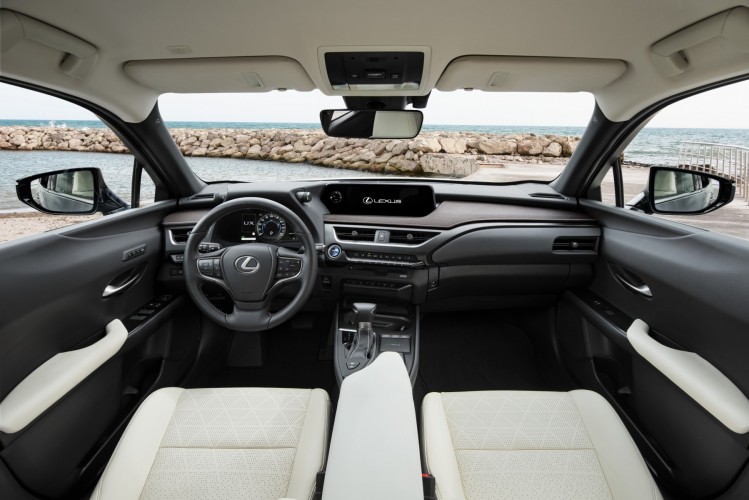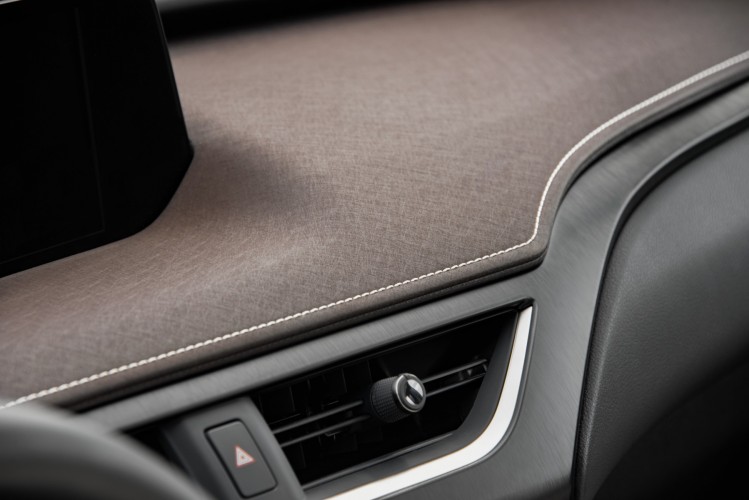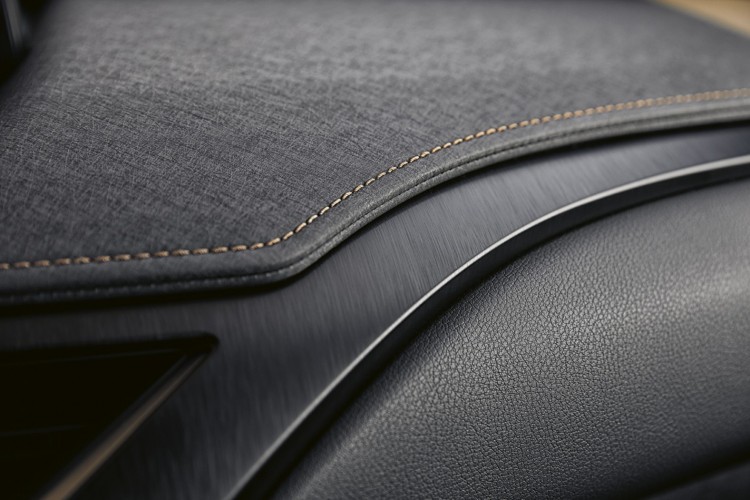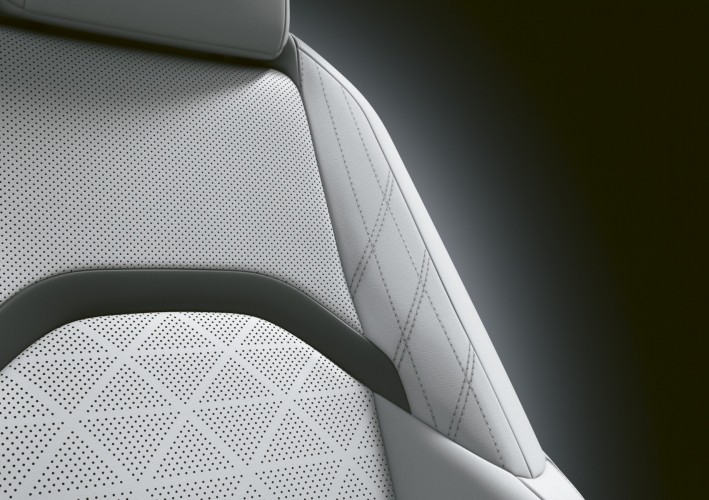THE NEW LEXUS UX CROSSOVER..

HOW JAPANESE HERITAGE INFLUENCED THE NEW LEXUS UX CROSSOVER
The design team for the new UX crossover, which is now on sale in Europe, was inspired by Lexus’ rich and varied Japanese heritage:
- UX cabin shaped by ‘engawa’, an architectural concept which defines the smooth transition from interior to exterior design
- Traditional ‘sashiko’ quilting stitched by Lexus’ ‘Takumi’ craftspeople
- ‘Washi’ dashboard trim which exhibits the texture of ancient Japanese paper sliding doors
- Design features which embrace ‘Omotenashi’ hospitality
‘Engawa’ architecture
Despite the UX’s compact exterior dimensions, the design team wanted to ensure that its inside felt open and spacious. One of their solutions was inspired by a traditional Japanese architectural concept called ‘engawa’.
“Houses in Japan often have a veranda area which bridges the boundary between the inside and the outside. The Lexus UX has something similar: we’ve made a seamless connection between the cabin and the car’s exterior,” explains UX Chief Designer Tetsuo Miki.

This design detail gives UX passengers an open and airy feeling and the driver a precise sense of the extremities of the car, making it much easier to drive and manoeuvre in confined spaces. Overall visibility in the UX is enhanced by a low bonnet enabled by the new (GA-C) platform and the low-mounted drivetrain.
‘Sashiko’ stitching
The smooth leather upholstery available on the UX is inspired by ‘sashiko’, a traditional Japanese quilting technique used in the making of judo and kendo martial arts uniforms. Requiring a steady, skilful hand, sashiko quilting is executed by Lexus’ ‘Takumi’ craftspeople, who are the artisans of the Lexus factory floor and the best of the best. The quilted leather is decorated with new perforation patterns that form mathematical curves and gradations in perfect alignment, enhancing the appearance of the seats.

“The traditional ‘sashiko’ stitching technique is over 1,200 years old, and with up to 10 stitches per inch, its strength makes it popular for judo and kendo uniforms. This craft form was also put to good use by early Japanese fire fighters, with sashiko stitching covering their protective cotton coats,” says UX Interior Designer, Keiko Shishido.
‘Washi’ trim
The new UX is the first Lexus to offer dashboard trim which draws on the grain of a paper, known as ‘washi’, familiar from the ‘shoji’ paper sliding doors of traditional Japanese houses.
‘Omotenashi’ hospitality
Ever since the first Lexus was unveiled in 1989, the company has gone the extra mile for its customers. Evidenced by countless awards over the last 30 years, Lexus aims to treat customers as if they were a guest in one’s home. The inspiration for this peerless level of customer service is ‘Omotenashi’,which translates from the Japanese as ‘hospitality and polite service’. However, Omotenashi is much more than excellence of service; it is an ancient concept that describes one’s ability to anticipate the needs of another.

Omotenashi also influences how Lexus designs cars like the new UX. We see it in the hands-free power tailgate, for example, which makes for convenient loading and unloading. And the S-Flow Climate Control, which discharges mildly acidic nano-e® ions, filling the cabin with fresh air and creating an atmosphere that gently moisturises skin and hair.

 1744
1744








